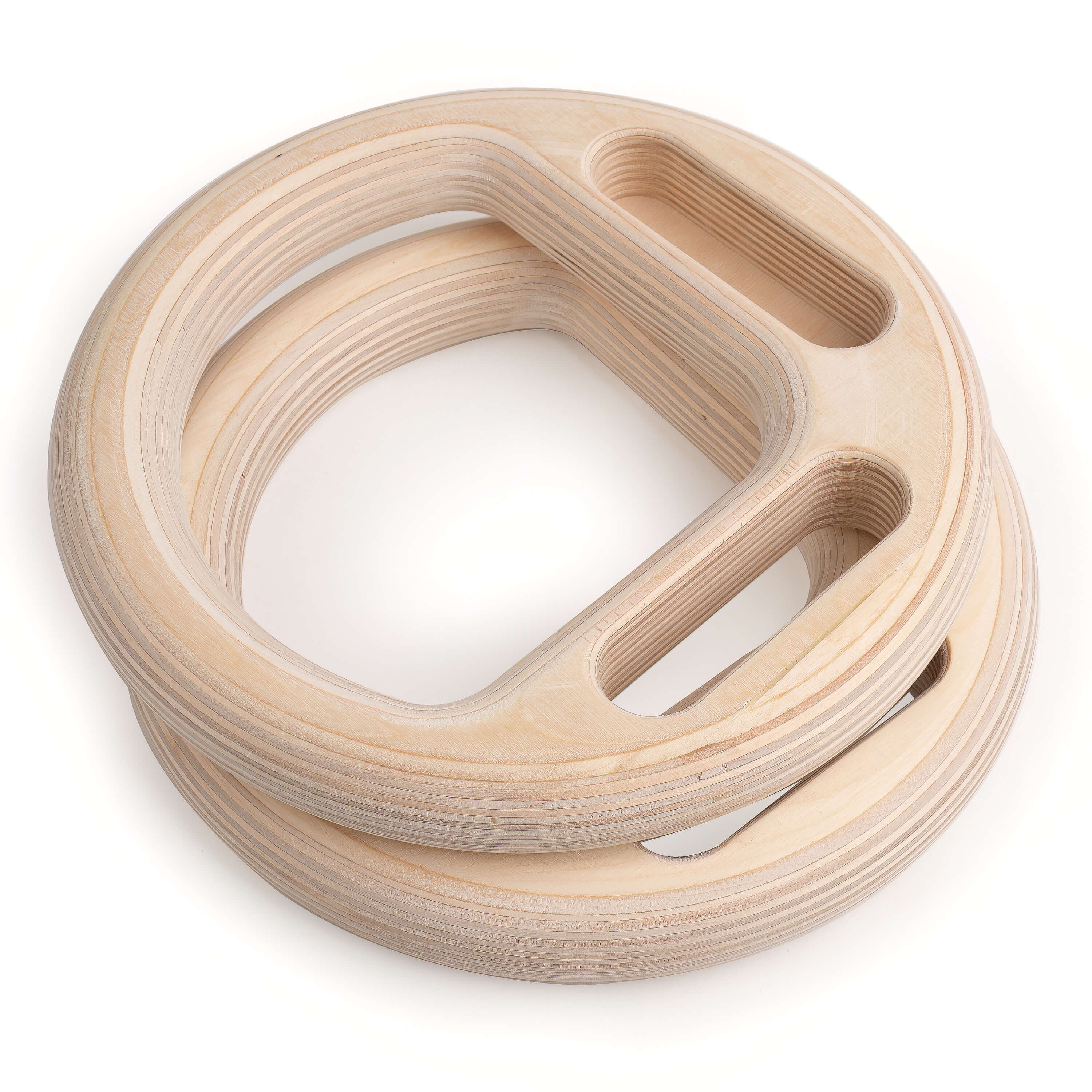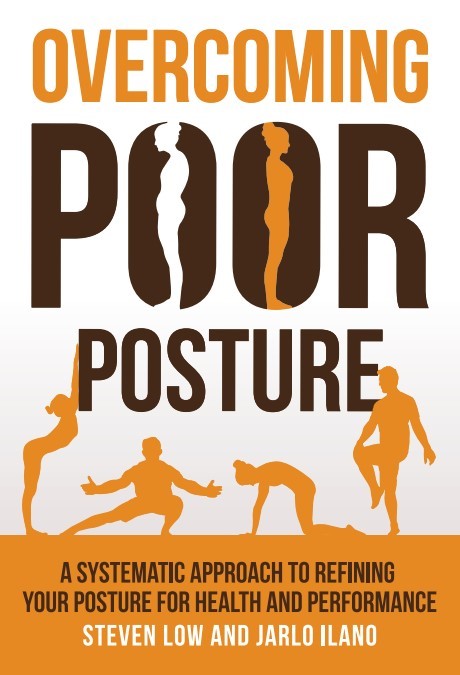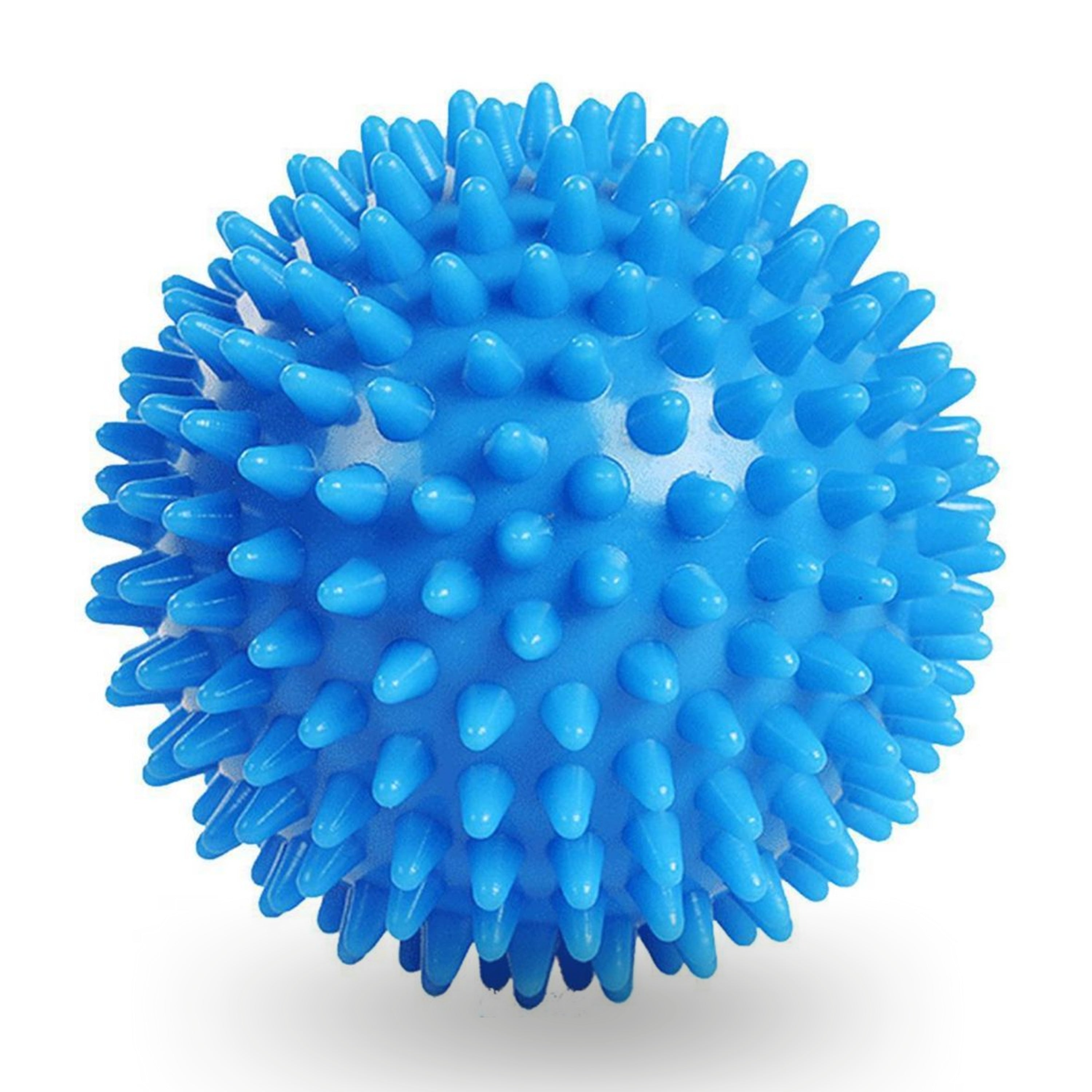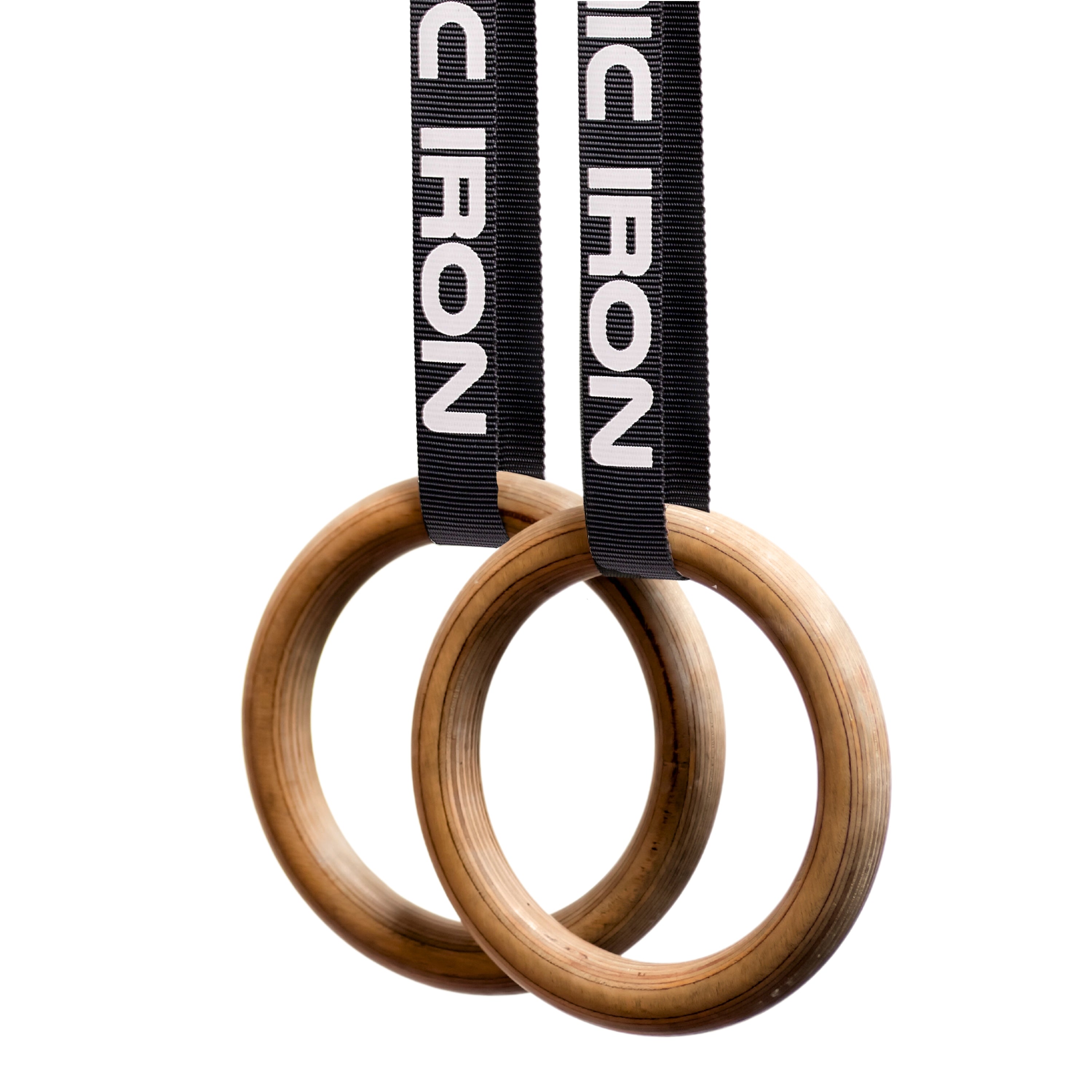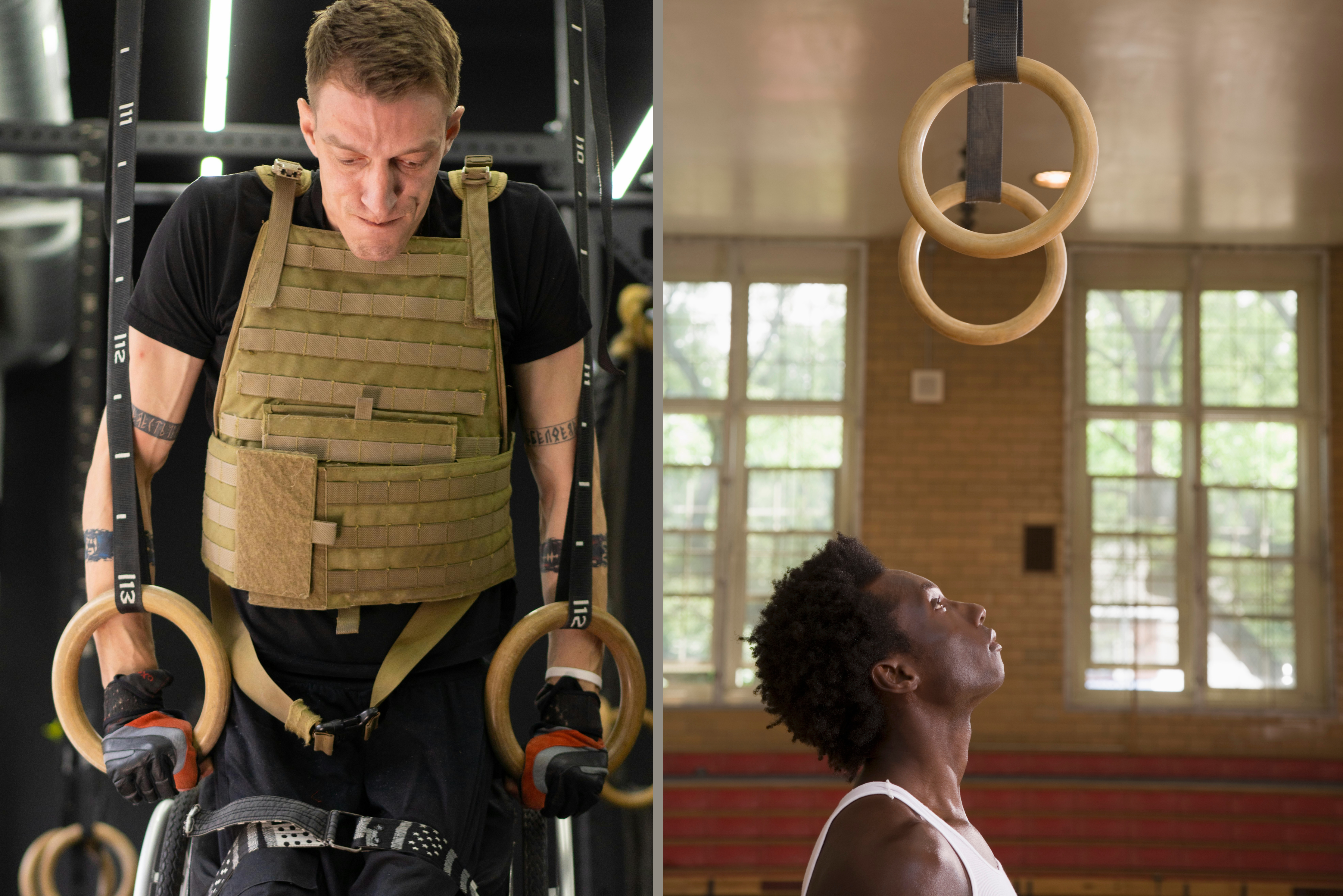Combating Screen Time With Kids Gymnastic Rings
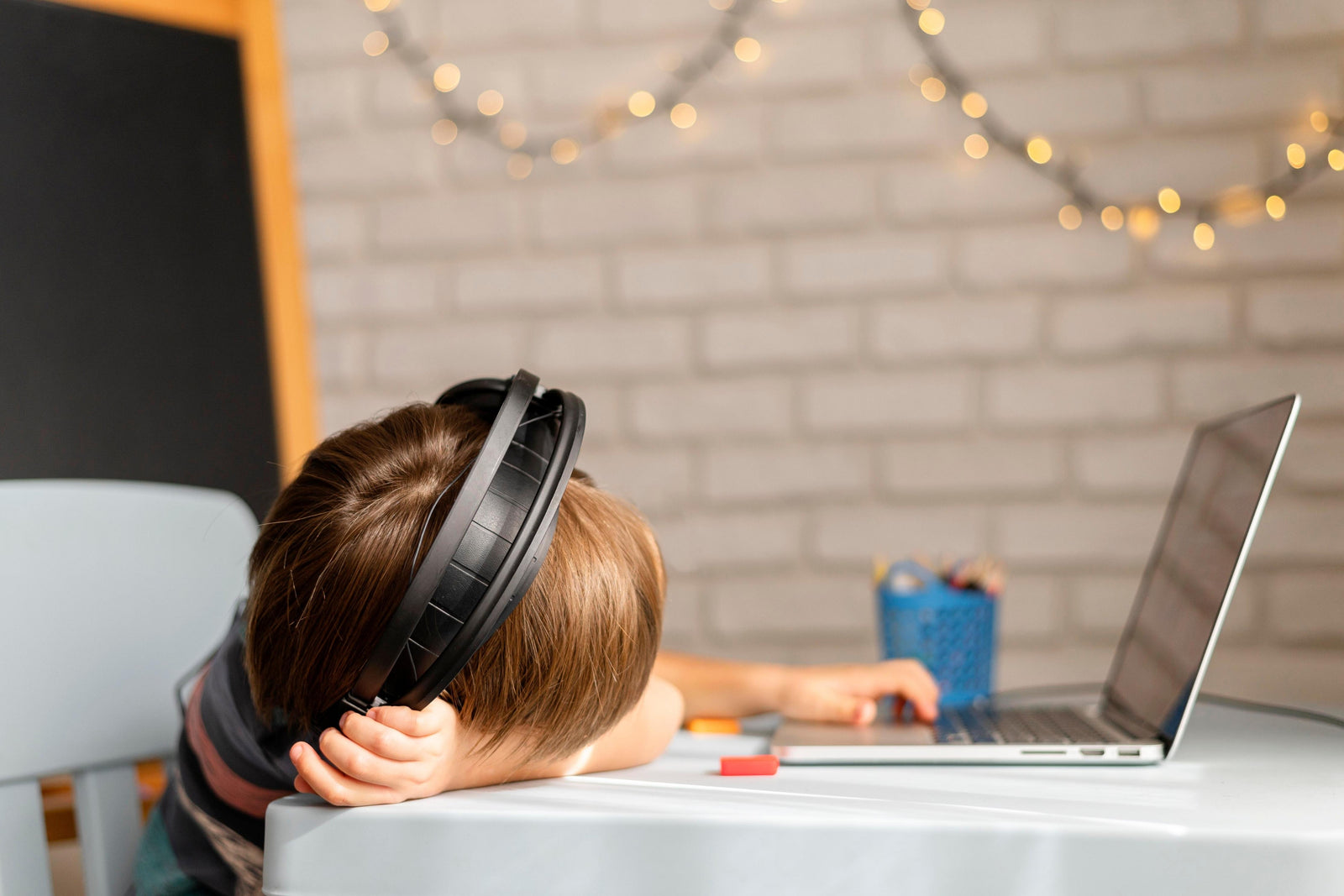
As a parent, we try to provide on-going support for our children, and access to a positive environment that encourages them to learn and master key developmental tasks. It may not come as a surprise that more and more parents today are concerned with their child’s decreased time spent exercising, and the increased time spent in front of screens.
In 2015, an Australian study found that at 4 years old, children average more than two hours screen time per day. By 12 years old, this increases to more than three hours per week-day and up to four hours per weekend day. More recently, that number has risen dramatically, with on average children spending 6+ hours per day in front of a screen, such as a television, computers or tablet.
Although the ‘old-days’ of children running wild outside for hours on end each day is mostly over (we are in the digital age after all), the sudden swing to hours on end in a sedentary state, staring blankly into a pixelated screen has manifested so quickly that many parents have been caught out.
It’s easy to forget how quickly this issue has risen; with smart devices, high speed internet and high-res portable screens only amalgamating in the last decade.
The impacts from this on-going exposure to screens on a child’s development and growth is worrying. Data is beginning to emerge from studies that indicates that children who spend two or more hours a day on screens scored lower on language and thinking tests, and some children with more than seven hours a day of screen time experienced thinning of the brain’s cortex, the area of the brain related to critical thinking and reasoning.
Also, when considering the amount of time screens swallow each day, the opportunity costs generated from preventing other beneficial activities from taking place, such as physical exercise, it really is a double edged sword.
However there are solutions, as studies have found that children who engage in physical activities that they enjoy, will tend to also spend less time in front of screens, and that some of the negative side-effects associated with high amounts of screen time could be offset by extra time spent playing outside and in nature.
So what options are there for your kids to enjoy physical activities in the comfort of your own home or backyard? Atomic Iron Kids Gymnastic Rings could be the answer you’ve been looking for.
Not only do they build functional strength and stamina for strong muscles and bones, the ‘rainbow rings’ are an exciting and new piece of equipment that many children are not exposed to at school or, ironically, on television.
The rings can improve a child’s co-ordination and balance in a safe and learning environment, which can be easily transferred to other individual or team sports. And best of all, they build self-confidence in a child’s precious formative years as the progressive nature of exercises allows for continually improving results.
Screens for the majority of children are here to stay, but they don’t need to be a source of negativity in a household. Strict management of screen time whilst prioritizing physical exercise and outdoor time, will allow a child’s development to continue unencumbered.
To help, we suggest your give Atomic Iron Kids Gymnastic Rings a go. They could be the reason your kids put down the screens and digital things, and pick up the wooden rainbow rings.
See related:
7 Benefits of Gymnastic Rings For KidsA 3 Minute History Of Gymnastic Rings
6 Reasons Wooden Gymnastic Rings Are Superior To Plastic
Three Amazing Moments In Olympic Rings History











